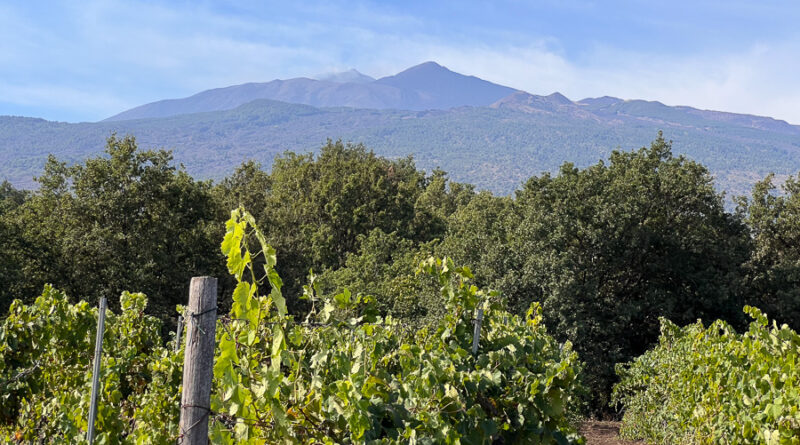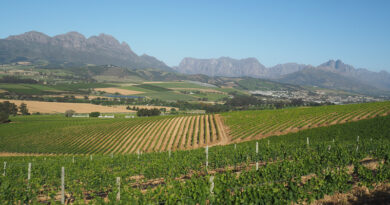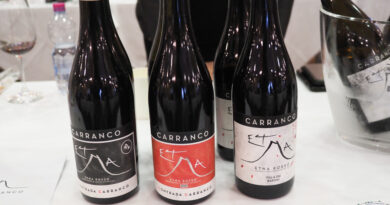A focus on Etna, the ultimate volcanic wine region
This was my first time in Etna. It’s a remarkable place: a wine region in the shadow of Europe’s largest volcano, and one that is still very much active. The volcano dominates the place: wherever you are, you sense it; you are aware of it. People here are in touch with the value of life, something that comes from the uncertainty that a volcano brings.
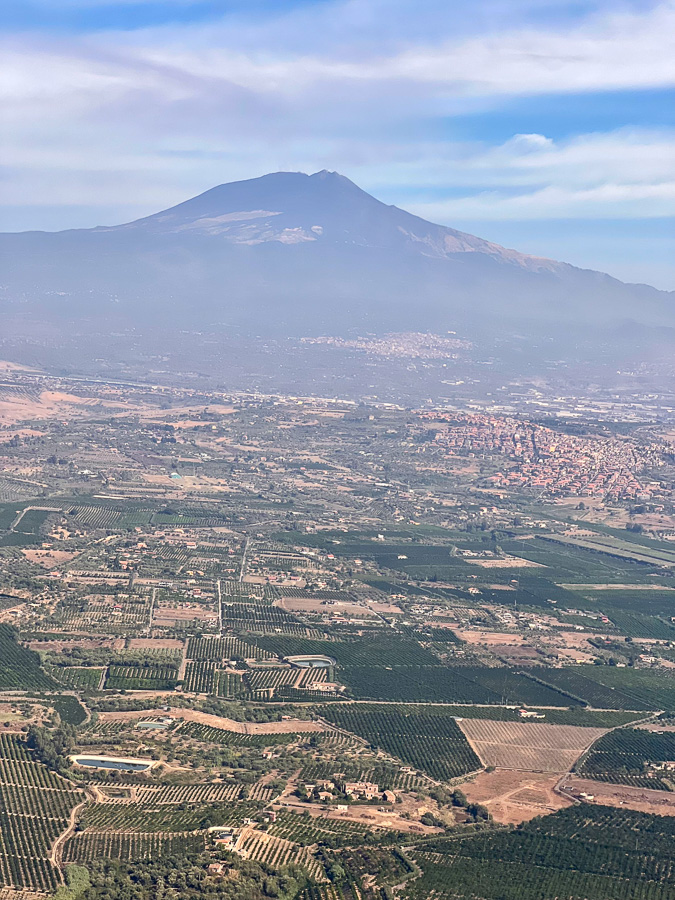
Etna is big. It’s 3300 m high, and 45 km across at the base, and found on the east coast of the island of Sicily, north of Catania. As you fly into Catania, there it is, dominating the landscape.
And the terroirs here are not static, but are continually being added to. In many of the vineyards, you can reach down and pick up a handful of lapilli, a black ash that regularly gets deposited from eruptions, of which there are some 50 a year. These lapilli are small stones that fall out of the air after an eruption, and are between 2 mm and 3 cm in diameter.
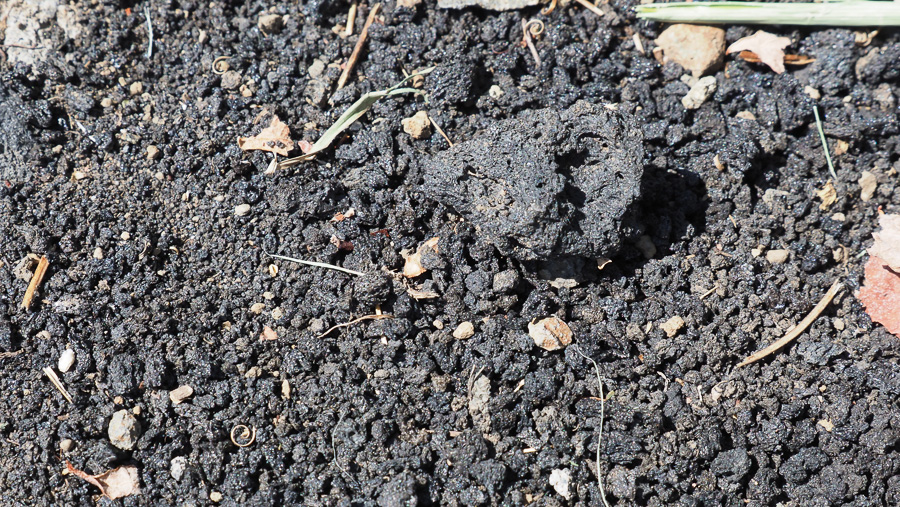
The terroir of Etna’s wine regions consists of different layers of soil and rock from multiple eruptions, ranging from recent to ancient. Each lava flow or eruption is different, so there is quite a bit of variation. This is demonstrated clearly in cross-sections through the rock.
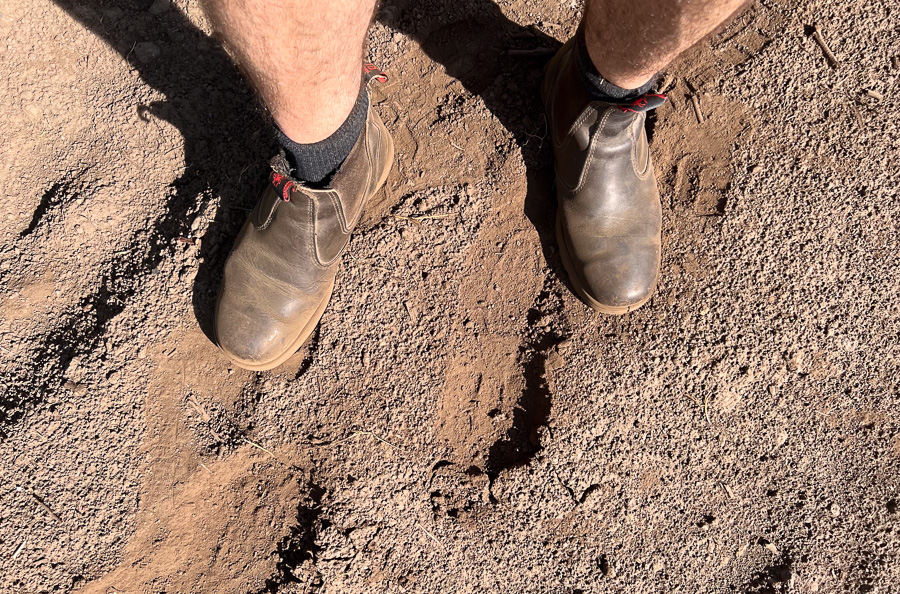
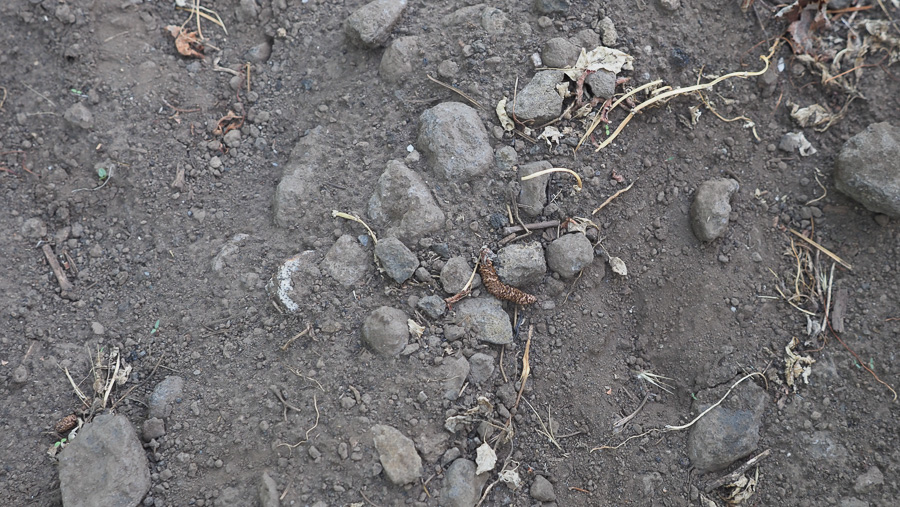
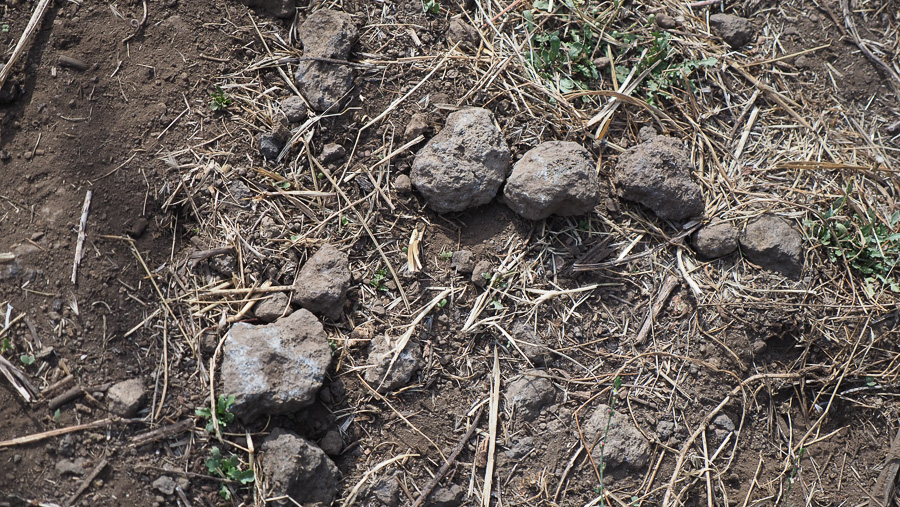
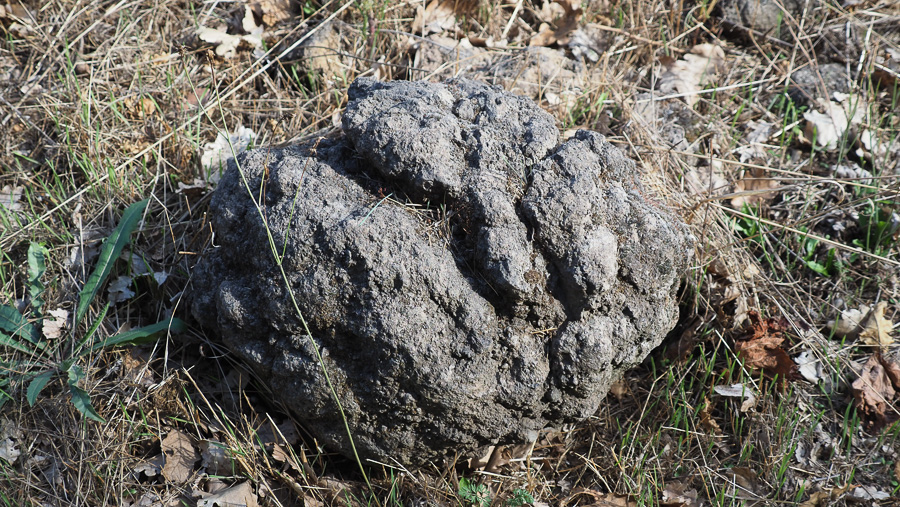
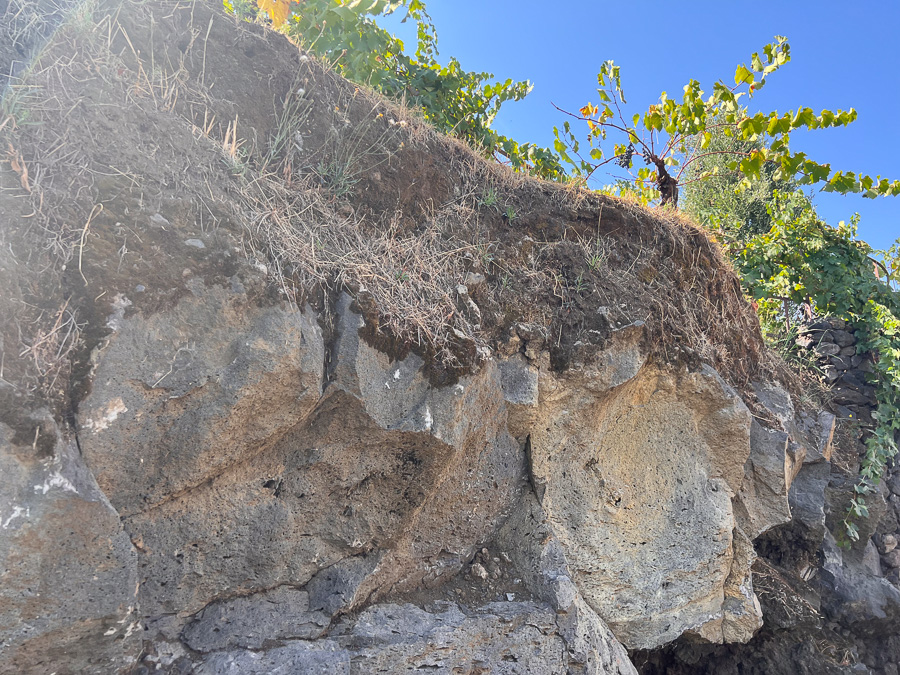
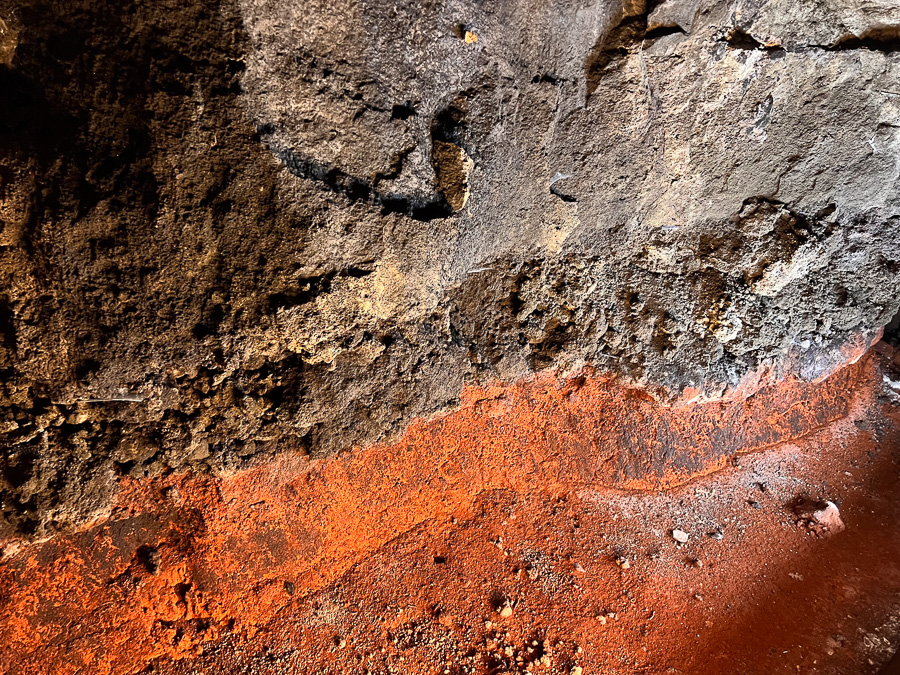
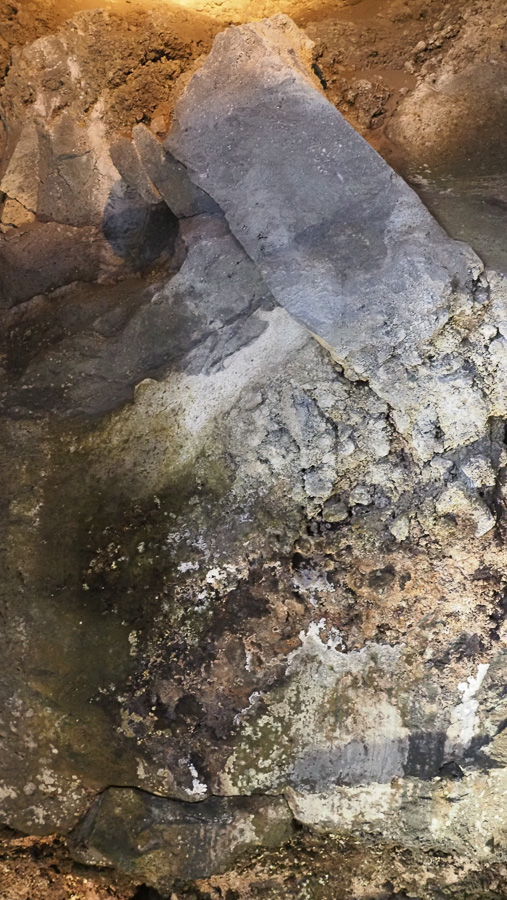
The climate is interesting for winegrowing. If you look at the location, you’d expect this to be a hot climate, but because of altitude temperature is moderated. The proximity of the sea, especially in the eastern part of the wine region, can also moderate the climate. And because of the volcano, there’s more rain here so vines can be dry grown. Interestingly, phylloxera never got above 400 m here, so there are still quite a few pre-phylloxera ungrafted vineyards. The main white grapes are Carricante (the most widely planted), Catarrato and Grecanico Dorado. The red grapes are Nerello Mascalese (the primary variety) and Nerello Cappuccio.

The region itself wraps around the mountain like a horseshoe, with all the vineyards in the north, east and south, and virtually none in the west. There are four slopes with vineyards. The north slope is less steep and this is where most producers are. Then there’s the eastern slope which looks to the Ionian sea, and is where lots of Cariccante is planted. It’s the most exposed. The southeastern slope has several extinct cones, and the southwestern slope, further from the sea, has less rain and a high diurnal temperature range. The DOC was founded in 1968 and there are now 142 Contrada (nine were added in 2022), which are the UGAs (Unità Geografiche Aggiuntive), which are legal geographic units here. These are spread among 11 municipalities. The limit of the DO is 1000 m, but there are some interesting vineyard plantings above this.
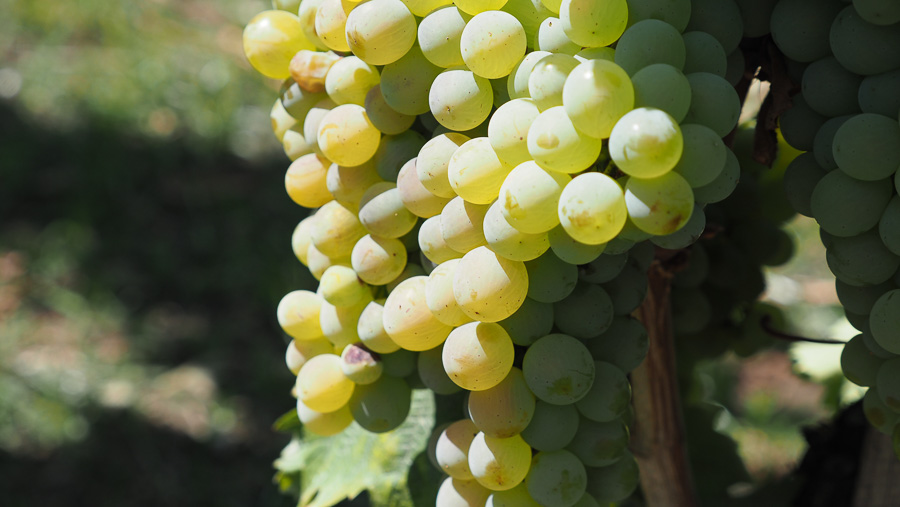
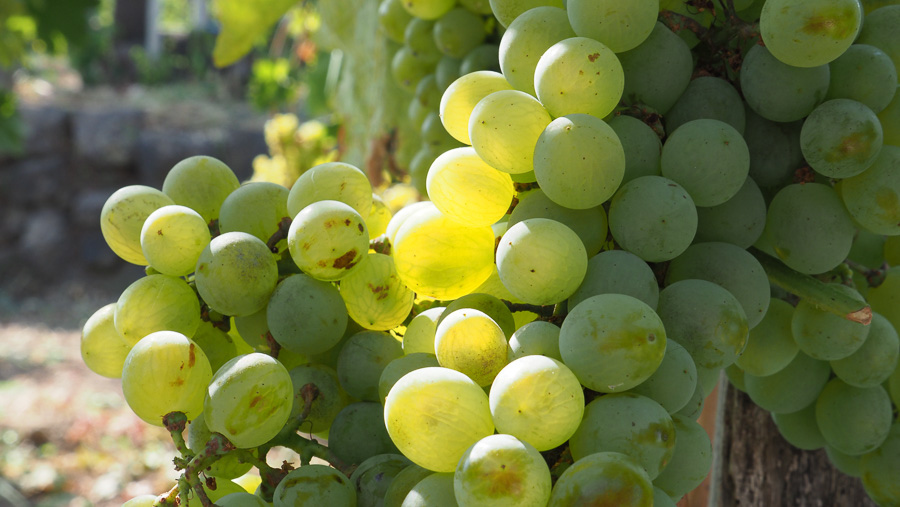
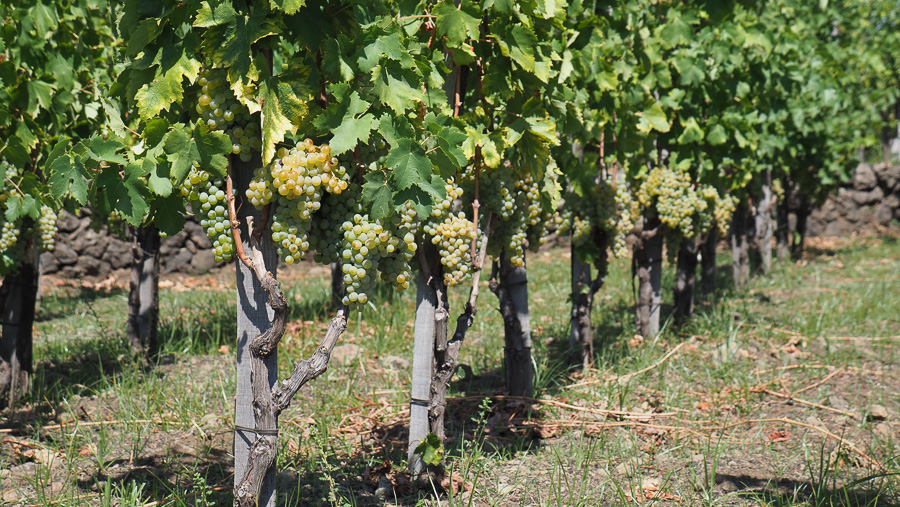
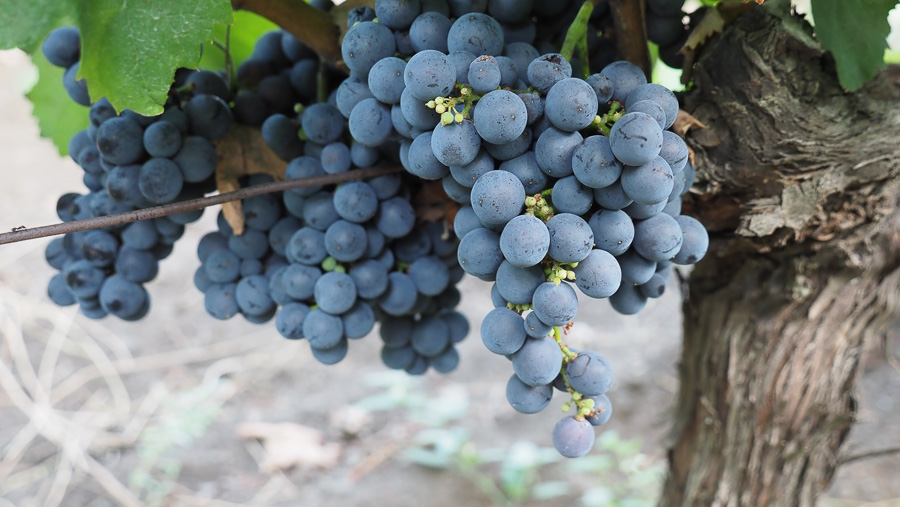
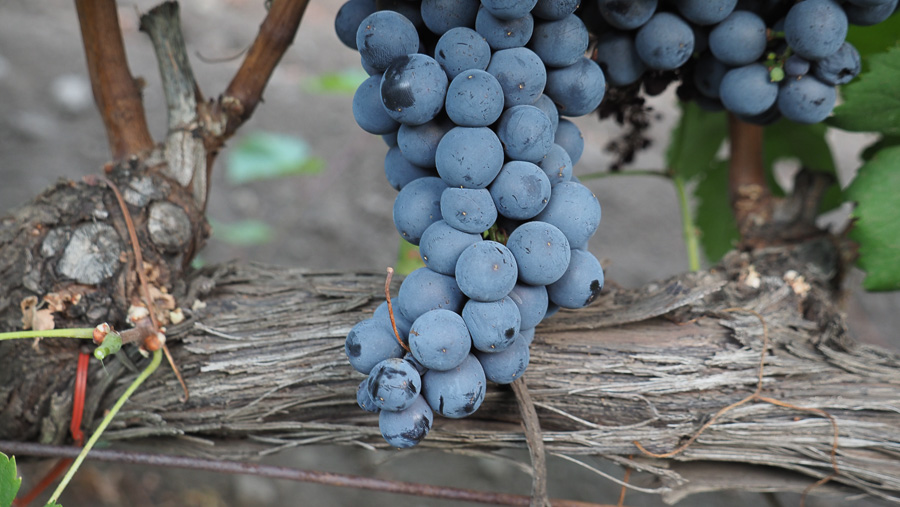
Back at the end of the 19th century there were 52 000 hectares of vines here. Most of the wine produced was sold in bulk through the port to elsewhere in Italy and Europe. But by the 1980s there were just a few producers left. Modern Etna was kick-started by Dr Giuseppe Benanti, a pharmacist who established his eponymous wine estate in 1998. He chose to work with international varieties, but his son Salvino and Antonio replaced these with local varieties, and this is the way the region has gone since.
This is a wine region that has grown significantly over recent years. In some ways, it has got a little bit out of control. When I chatted with him, Marco de Grazia, of Tenuta Terre Nere, said he thinks there are probably too many producers here now, with their numbers exploding from 60 in 2013, to 130 in 2017, to 441 today. That’s a lot of wineries for a relatively small DO – 2022 data say there are 1290 hectares, producing 5.8 million bottles a year.
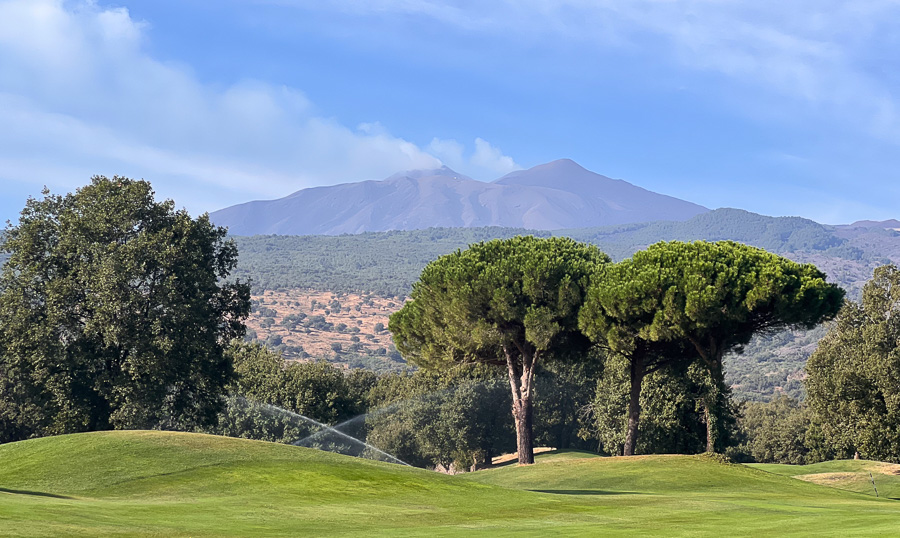
Winemaking used to be exclusively with the palmento, a shallow fermenter made from lava stone that worked with gravity flow. Grapes would be loaded in, trodden and then pressed, and the wine or juice would leave the palmento to the fermentation or storage vessel. Growers used to each have their own palmento and made their own wine, but in 1997 these were banned by EU laws on the grounds of hygiene. This means that the growers had to sell their grapes and not wine, which reduced their income. Salvo Foti, an important winegrower in the region, argues that they should return because they are key to the winemaking traditions of Etna. Some do use them (illegally).
I had a brilliant couple of days on Etna, visiting producers and also tasting lots of wines at the Etna Day celebration. Tomorrow I’ll begin with full notes on all the wines, continuing for a few days. And then I’ll round it off with a top 20.

